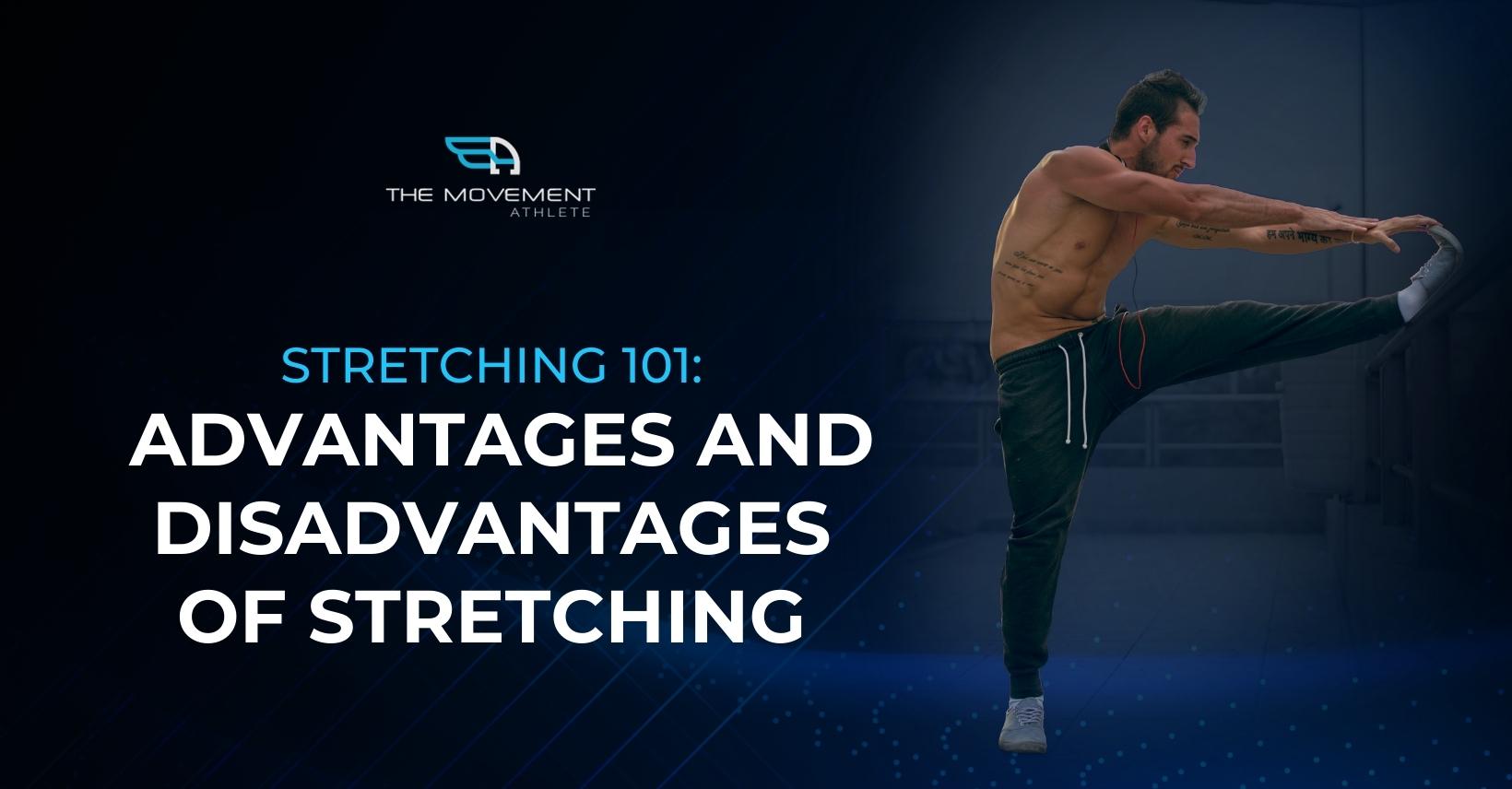
Join the tribe of Movement & Calisthenics Athletes – people just like you that are working with their own body weight to get strength, lose fat build muscle, recover from injuries and live their best lives!
Stretching 101: Advantages and disadvantages of stretching:
What comes to mind
When you think of stretching? 🤔If you’re like most people, the first thing that probably pops into your head is how good it feels after a long cardiovascular training or tough strengthening workout. And you’re not wrong! Stretching is definitely beneficial in terms of reducing post-workout soreness. But there are other reasons you should also opt for stretching and some reasons why you shouldn’t rely on it for specific reasons.
🎯In this article, we’re going to talk about the advantages and disadvantages of stretching. If you’re interested in learning more about this topic, read on.
Mobility vs flexibility💥
Let’s first cover a very common issue. Mobility and flexibility are commonly used interchangeably. However, they are not the same.
📌Mobility is the ability of your joints and muscles to move through a full range of motion with control. You can think of it as moving your muscles with no assistance from other external factors such as gravity or your hands.
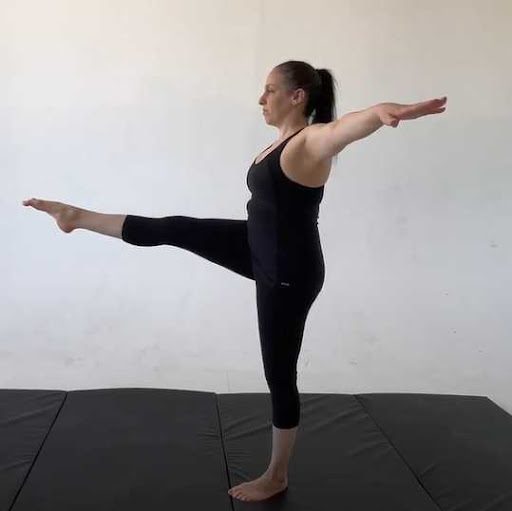
Lifting your leg with no assistance is a display of lower body and hip mobility.
📌Flexibility is the ability of your muscles to move through a range of motion freely but PASSIVELY. This means that you’re getting assistance from external factors to facilitate the movement towards the range of motion.
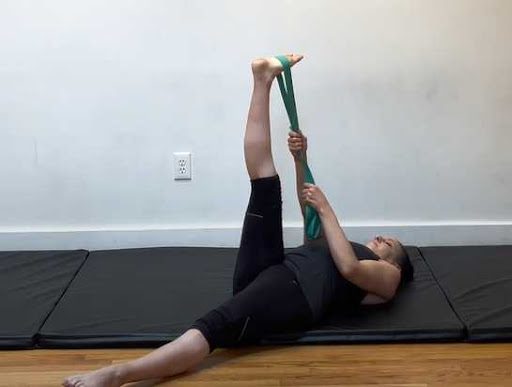
In contrast to the photo above, the same muscle groups are stretched but with the assistance of a resistance band to achieve the range of motion.
Generally, the more mobile your joints are, the more flexible your muscles will be. However, this is not always the case – you can be very flexible but not very mobile, you will not be able to reach certain positions.
📍 Here’s an article with a comprehensive discussion of the difference between the two: Mobility vs Flexibility: What is the difference?
Types of stretching
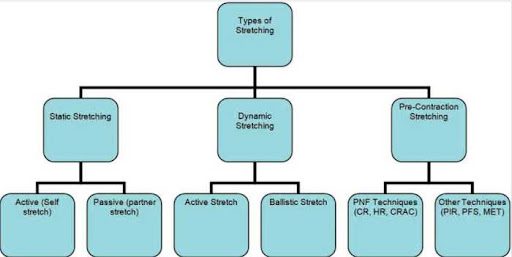
Figure 1: CURRENT CONCEPTS IN MUSCLE STRETCHING FOR EXERCISE AND REHABILITATION (Page, 2012)
There are three main types of stretching: static, dynamic, and proprioceptive neuromuscular facilitation or PNF.
Static stretching is the most common type of stretching and involves holding a stretch for a period of time. Dynamic stretching involves moving your muscles through their range of motion. There are two types of dynamic stretching. The first one is active stretching which basically lets you move through a range of motion, so this primarily works your mobility aspect. The second one is ballistic stretching which uses momentum to force your muscles beyond their natural range of motion. Ballistic stretching is no longer recommended due to an increased risk of inj,ury when performic this type of stretching.
PNF is a type of stretching that poses a load on a muscle that is already in a shortened position and then rapidly relaxes the muscle. This load-relaxation phenomenon stretches the muscle even further. PNF stretching is one of the most effective ways to increase flexibility. However, it should only be used when prescribed protocols to be effective.
Why should you stretch
✅ Improves flexibility and mobility
Stretching does not lengthen your muscles – it actually relaxes them and increases your tolerance in that specific position. When you stretch a muscle, you are actually lengthening the tendon and fascia (the connective tissue surrounding the muscle). This is why stretching is so crucial for improving mobility and flexibility – it helps to loosen up the connective tissue, which can become tight and restricted over time. While static stretching improves flexibility, 2018 research shows that PNF provides a higher range of motion (ROM) gains.
✅ Improves posture and alleviates back pain
With improved flexibility and mobility comes better posture. When your joints and muscles are able to move through a full range of motion, you’re less likely to hunch over or slouch, which can cause back pain. In fact, studies have shown that stretching, especially in conjunction with strengthening exercises, can be an effective treatment for lower back and shoulder pain.
Stretch regularly to improve overall health. Stretching is not just for post-workout recovery – it’s important to stretch regularly throughout the day for your overall health.
✅Trains specific skill requirements
Certain movements specifically for gymnastics, dance, and calisthenics have mobility and flexibility demands.
Stretching before training these types of movements can help prepare the body by increasing ROM and improving the ability to move through the desired ranges of motion. In this way, stretching can help “train” the muscles for the specific skill requirements of that activity.
There is some evidence that stretching can improve athletic performance. A 2006 study found that static stretching (at 90 seconds max duration) performed immediately before running improved running economy but not in running performance. While this study did not look specifically at gymnastics, dance, or callisthenics, the results suggest that stretching can positively impact specific athletic performance that higher demand for mobility and flexibility.
However, a more recent study published in 2021 showed that dynamic stretching (as opposed to static stretching) positively impacted athletic performance. This study found that dynamic stretching resulted in an improvement in running time, compared to no improvement with static stretching. While the research is still inconclusive, it seems that dynamic stretching may be more beneficial for athletic performance than static stretching.
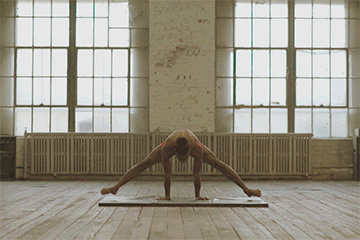
The pancake requirement for handstand press.
For more specific movements, let’s take a press to handstand for example. This skill requires a great amount of pancake mobility and flexibility in order to stack the hips over the shoulders without using too much strength.
Before training the strenth component that demands the shoulders, doing the pancake stretch helps prepare the lower body for the same movement pattern done in the press to handstand.
While stretching can deliver results, it is essential to remember that these benefits depend on the context and goal you’re trying to achieve.
✅ Relaxes the muscles and the mind
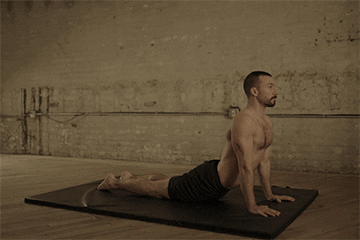
The relaxing seal stretch also opens up your lower back.
Stretching is an excellent way to relax the mind and muscles after a long day or a tough workout. It can help to soothe any aches and pains you may be feeling, as well as relieve tension in the muscles. Stretching also helps to improve your mood by releasing endorphins, which are known for their mood-boosting effects.
A recent study conducted in 2019 supported the idea that stretching enhances the mood and cognitive performance of individuals. Although the research has a limited and restricted sample size, it also seems to hold true in anecdotal records.
What stretching doesn’t do
❌ Prevent injuries
Interestingly, stretching does not prevent injuries. A review of the research on the topic found that stretching, particularly static stretching and PNF, does not seem to have a significant impact on the risk of injury. While it is always important to be as flexible as possible, stretching is not a guarantee that you will not get injured. So it’s not recommended to stretch if your purpose is to decrease the risk of injury.
If you’re keen on preventing injuries, muscle pre-activation, dynamic warm-ups, and a gradual increase in workout intensity are far better approaches. The article below offers better methods for injury prevention.
📍How to Avoid Injuries When Training with Calisthenics
❌ Does not directly improve mobility
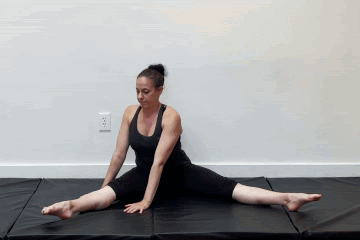
Leg lifts, a mobility exercise, is a far better option if you want to improve your mobility.
Flexibility isn’t mobility. So doing stretching does not necessarily improve mobility. However, stretching will help maintain and increase ROM if it is regularly practiced.
In order to improve mobility, you need to work on improving the range of motion without assistance specifically.
So, if improving mobility is your goal, then you need to focus on exercises that target the specific range of motion you are trying to improve. Strengthening exercises are a better option than stretching in this case. However, you can still stretch at the end of your workout to help promote flexibility
❌ Stretching does not prevent, relieve muscle soreness, or aid in recovery post-workout
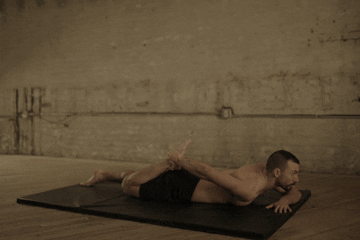
Quad stretch is a popular running stretch that apparently isn’t effective in muscle soreness prevention.
Contrary to popular belief, stretching does not prevent muscle soreness after a workout according to research. In fact, a recent study showed that static stretching actually increases the amount of muscle soreness you experience after a workout. This is likely because static stretching loosens the muscles and makes them less prepared for activity, leading to greater muscle damage.
While stretching does not decrease muscle soreness, it is still important to stretch after a workout to help your muscles build flexibility. Stretching helps to improve the range of motion and prevents the muscles from getting too tight. So, while stretching may not reduce muscle soreness, it still has some benefits that are worth taking into consideration.
❌ Can’t stretch the pain away
While evidence shows that stretching can assist in alleviating certain aches such as back pain and shoulder pain, it’s best not to rely solely on stretching to rid yourself of pain altogether. Pain is an individual experience, and what works for one person might not work for another.
If you are experiencing pain, it is best to consult with a health professional to get a proper diagnosis and treatment plan.
Helpful reminders:
- Don’t stretch through pain. Aim to mild, tolerable discomfort. Anything painful should be stopped. It could be a sign that you’re doing too much or something’s wrong.
- Stretch base on your goals. It can be boring to think that you need to stretch all parts of your body every day, but that shouldn’t be the case. You can
- Breathe during stretching.
- Build up gradually.
- Incorporate other protocols with stretching. Strength training and cardiovascular training are very important training protocols that should include everyone’s routine.
- Stretch a minimum of 30seconds per muscle
📌Take away:
In conclusion, while stretching does have some benefits; it is essential to remember that these benefits depend on the context and goal you’re trying to achieve. Static stretching may improve flexibility, but dynamic stretching may better impact athletic performance.
Keep that in mind the next time you’re stretching. Choose the stretch that will work for you.
If you want to improve your overall health, combine stretching with a personalized strength training and mobility workout.
CHECK OUT THIS MINI-MOBILITY WORKOUT JUST FOR YOU!
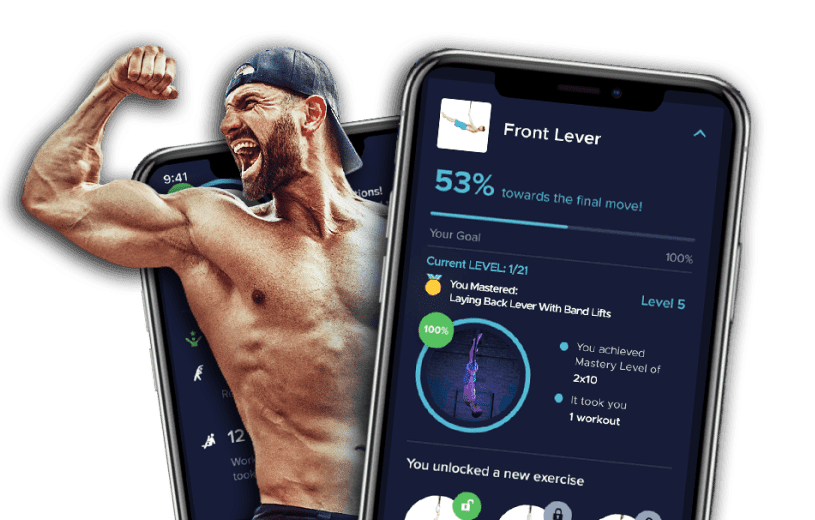
GET A FREE CUSTOMIZED TRAINING PLAN!
Start your life-changing journey with calisthenics and get lean, strong and mobile while unlocking and mastering over 100 new gymnastics & calisthenics skills.
It only takes 5 minutes, and no credit card is required!